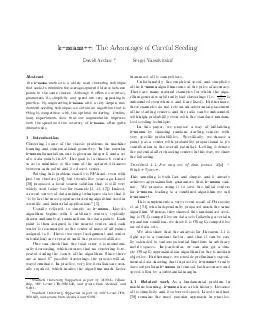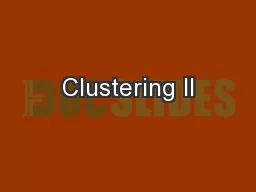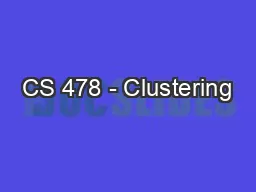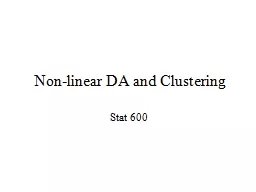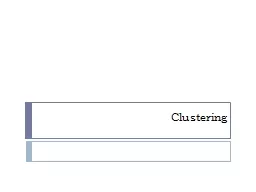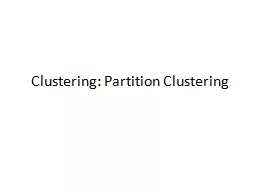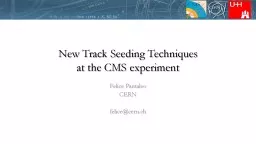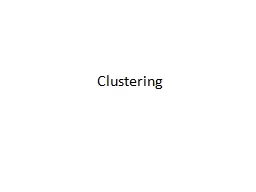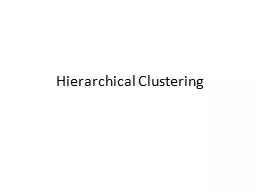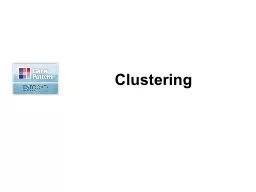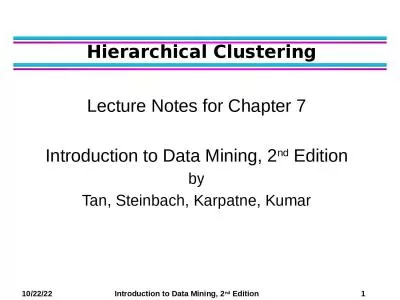PDF-kmeans The Advantages of Careful Seeding David Arthur Sergei Vassilvitskii Abstract The
Author : sherrill-nordquist | Published Date : 2014-10-28
Although it o64256ers no accuracy guarantees its simplicity and speed are very appealing in practice By augmenting kmeans with a very simple ran domized seeding
Presentation Embed Code
Download Presentation
Download Presentation The PPT/PDF document "kmeans The Advantages of Careful Seedin..." is the property of its rightful owner. Permission is granted to download and print the materials on this website for personal, non-commercial use only, and to display it on your personal computer provided you do not modify the materials and that you retain all copyright notices contained in the materials. By downloading content from our website, you accept the terms of this agreement.
kmeans The Advantages of Careful Seeding David Arthur Sergei Vassilvitskii Abstract The: Transcript
Download Rules Of Document
"kmeans The Advantages of Careful Seeding David Arthur Sergei Vassilvitskii Abstract The"The content belongs to its owner. You may download and print it for personal use, without modification, and keep all copyright notices. By downloading, you agree to these terms.
Related Documents

